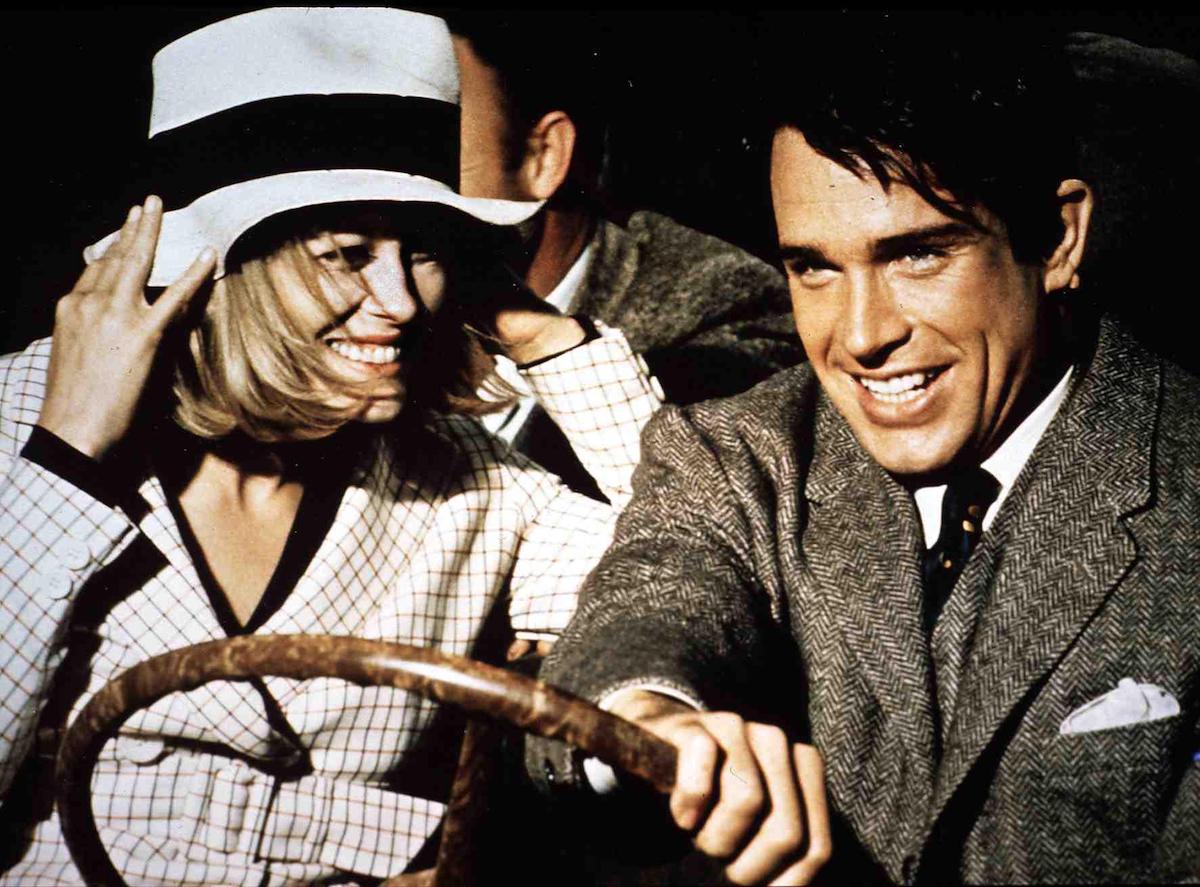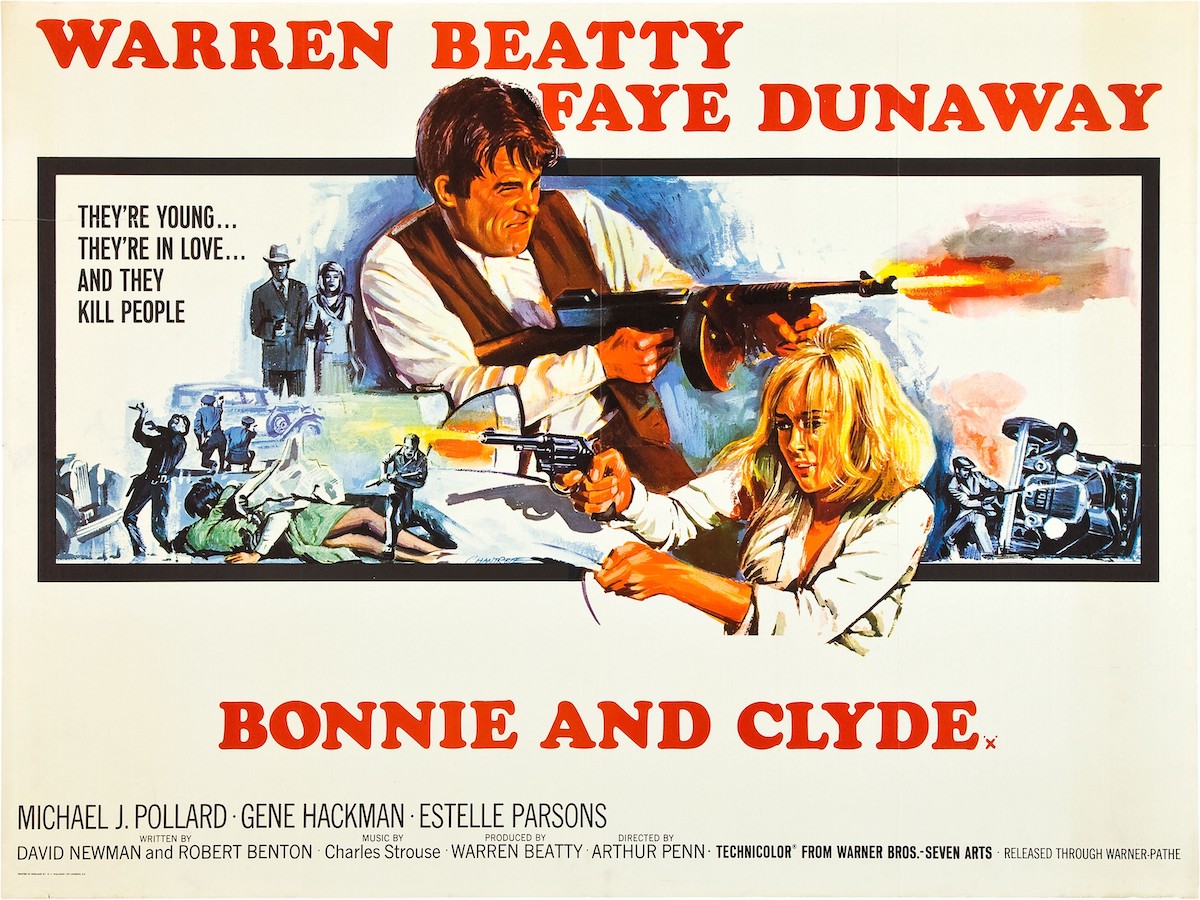How 1967’s ‘Bonnie and Clyde’ Paved The Way For Films Like ‘The Avengers’
Some movies are so popular, they change Hollywood forever. That was the case with the 1967 gangster film Bonnie and Clyde starring Faye Dunaway and Warren Beatty.
Bonnie and Clyde came out during the time of the Hays Code—a censorship practice in the industry that mandated movies to be wholesome and promote “correct thinking,” aka no displays of violence, death, sex, you name it.
Director Arthur Penn said to hell with the Hays Code with his action movie, and his decision to show the violence the partners in crime committed gave permission for other films to do the same, and thus came a wave of changes throughout Hollywood—changes that allowed on-screen violence to continue. Had it not been for the boundaries this film pushed, films depicting violence—from The Godfather to Marvel’s Avengers franchise—wouldn’t exist.

Before today’s age-rating system, there was the Hays Code
The Motion Picture Association of America (MPAA) implemented the Will Hays’ Hollywood Production Code (aka the Hays Code) in 1930. The code was a set of 36 rules that kept Hollywood under its thumb for decades. Per the Hays Code, “corrupt” behavior and immorality (as the MPAA defined it, which by 1930s standards was a broad and oppressive spectrum) could not be painted in a positive light. If anything “immoral” was featured, the immoral character must be shown facing the consequences of their actions.
Things like nudity, overt sexuality, heavy drinking, suggestive dancing, interracial relationships, and depictions of LGBTQ+ characters were in violation of the Hays Code. Religion could not be mocked, and the American flag had to be treated with the utmost respect if shown. It was an incredibly restricting set of rules, implemented in an attempt to stop filmmakers from producing works like 1930’s Morocco, which featured the first kiss between two women in film.
The code required filmmakers to frequently change the stories of their films, like Alfred Hitchcock’s Rebecca. Released on April 12, 1940, the famed director was forced to change the biggest part of the original plot: Rebecca’s death at the hands of her husband, Maxim. (Sorry to anyone who hasn’t seen the 2020 Netflix remake yet. It did come out in 1940, though…) The Hays Code forced Hitchcock to make Rebecca’s death an accident that was covered up by her husband, rather than follow the book’s plot. This affected the film’s reviews and public perception.
To their credit, Hitchcock and other directors found their ways around the Hays Code and were still able to create some of cinema’s classics, like 1960’s Psycho. But the code was still oppressive.
The Hays Code was nixed in 1968
MGM’s 1966 film Blow-Up broke a slew of Hays Code rules with its overt sexuality, and unfortunately for the MPAA, the film was a hit. More filmmakers began exploring with erotic themes because of it.
In 1968, the Hays Code was scrapped, and that led to the creation of the rating system we know today, where movies receive G, PG, PG-13, etc. ratings based on their age appropriateness.

‘Bonnie and Clyde’ pushed the boundaries for on-screen violence
On-screen violence was also a huge no by the Hays Code standards. That’s why, when Dunaway and Beatty’s Bonnie and Clyde hit the big screen in 1967, it was a groundbreaking spectacle unlike theatergoing audiences had ever seen. The couple kills people throughout the entire movie (its marketing catchphrase was literally “they’re young, they’re in love, and they kill people”) and it famously ends by depicting the real-life brutal shootout that killed the actual Bonnie and Clyde. The final scene shows the lovers’ bodies flopping like rag dolls with every strike of a bullet, creating a shocking sequence to close out the story.
The gangster film flopped at first, but was released again in American theaters in Aug. 13, 1967, and was given a second wind. The film became wildly popular for its portrayal of the criminal couple killing to get by during the Great Depression. It landed 10 Oscar nominations, including Best Actress, Best Actor, and Best Picture, and two Oscar wins for Best Supporting Actress and Best Cinematography.
While Bonnie and Clyde and Blow-Up weren’t the main reasons the Hays Code was scrapped, the popularity of these “immoral” films indicated that audiences had evolved past the need for heavy censorship.
Bonnie and Clyde gave permission for films to depict explicit violence in its stories. Filmmakers had even more free reign when the Hays Code was nixed in 1968. The Dunaway and Beatty classic took one of Hollywood’s first bold steps into allowing on-screen violence as a plot device, without which actions movies couldn’t exist.


